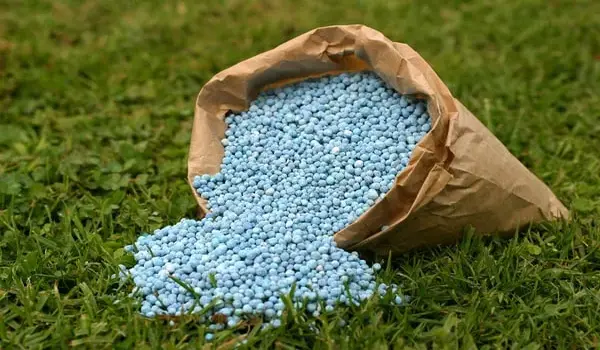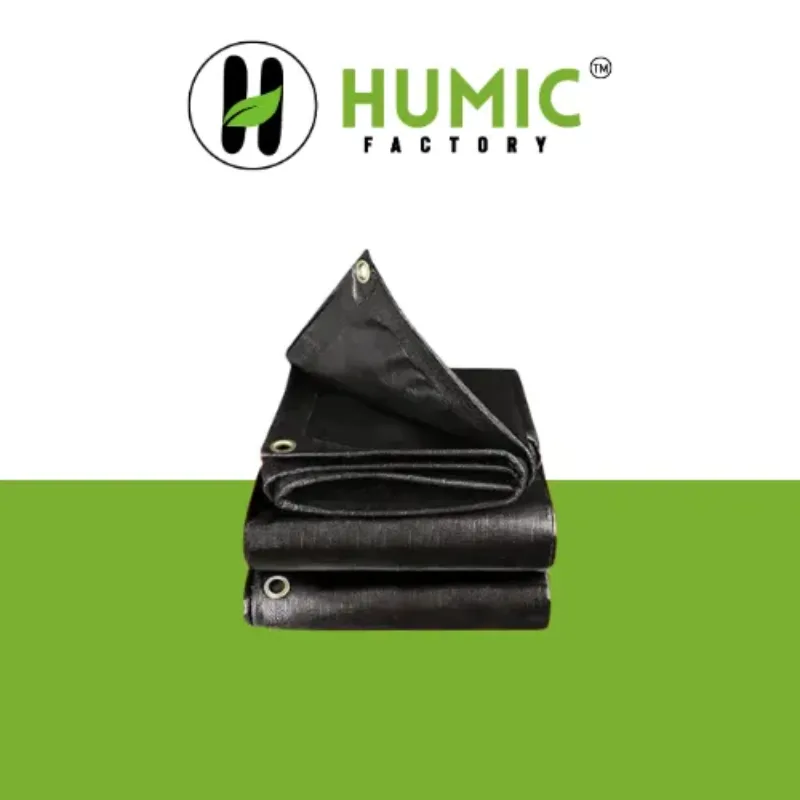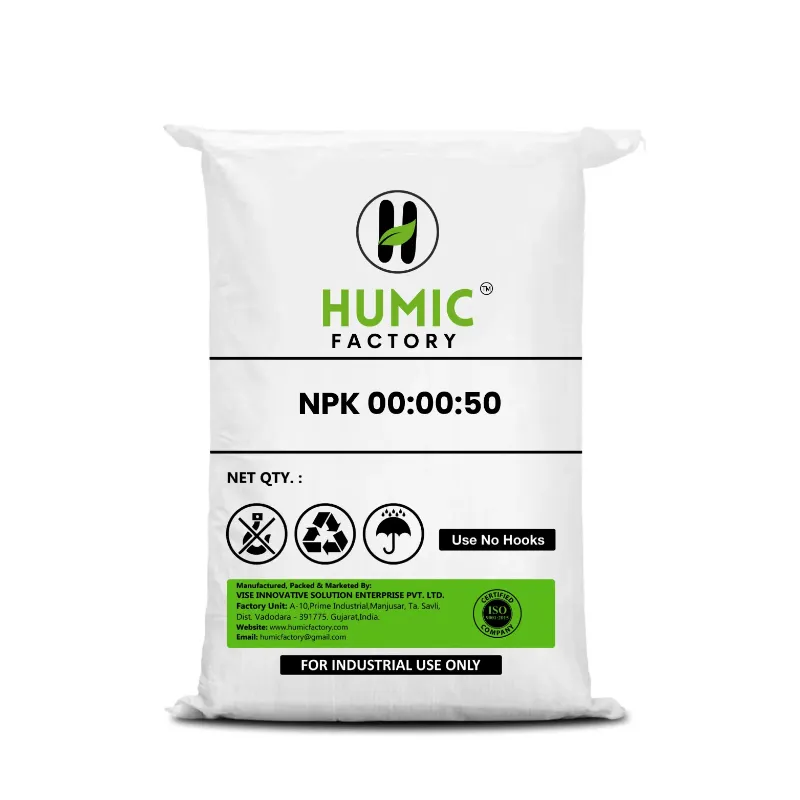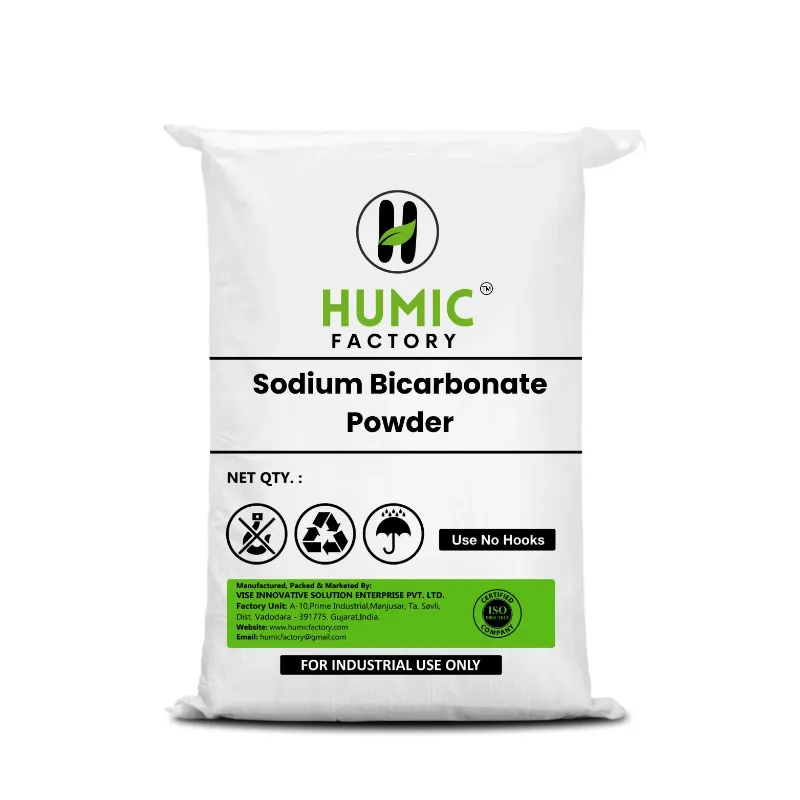When it comes to nurturing crops and achieving a bountiful harvest, choosing the right fertilizer is crucial. However, not all fertilizers work in the same way, especially when comparing slow-release and fast-release NPK fertilizers. Both types provide the essential nutrients nitrogen, phosphorus, and potassium, but the key difference lies in how and when these nutrients are delivered to the plants. Let’s dive into the unique features of both slow-release and fast-release fertilizers, explore their benefits, and figure out which one works best for different farming needs. We’ll also look at how Humic Factory products can help maximize their effectiveness. Fast-release fertilizers, also known as quick-release fertilizers, are designed to deliver nutrients to plants rapidly. These fertilizers dissolve quickly in water, making nitrogen, phosphorus, and potassium immediately available to the plants. As a result, fast-release fertilizers are highly effective when plants need a quick boost, such as during the early stages of growth or when a crop is showing signs of nutrient deficiency. Fast-release NPK fertilizers are best suited for situations where plants need an immediate supply of nutrients, such as during active growth periods or when correcting visible nutrient deficiencies. They’re commonly used in high-demand crops or where a quick response is needed to improve plant health. However, one of the downsides is the risk of over-fertilization. Applying too much fast-release fertilizer can lead to nutrient burn, where the plant roots are damaged due to an excessive concentration of nutrients. Slow-release fertilizers, on the other hand, are designed to deliver nutrients gradually over an extended period. These fertilizers are coated with materials that break down slowly, ensuring that nitrogen, phosphorus, and potassium are released steadily as plants need them. The gradual release helps minimize nutrient loss through leaching and provides a more consistent supply of nutrients over time. Slow-release fertilizers are ideal for maintaining consistent growth over time without the need for constant reapplication. They are particularly useful in crops that benefit from a steady nutrient supply throughout their growing season. Additionally, slow-release fertilizers are more forgiving in terms of over-application, reducing the risk of nutrient burn. For farmers looking to improve soil health and minimize nutrient loss, products like Humic Factory’s humic acid granules can further enhance the performance of slow-release fertilizers. Humic acid helps improve soil structure, retain moisture, and make nutrients more accessible to plants over time. While both slow-release and fast-release NPK fertilizers aim to provide essential nutrients, their differences can significantly impact how they are used in farming. Choosing between slow-release and fast-release NPK fertilizers depends on your crop’s specific needs, soil conditions, and farming goals. Regardless of which type you choose, it’s essential to monitor your crop’s nutrient needs and soil health to ensure the best results. Incorporating organic products like Humic Factory’s bio-enhanced fertilizers can further optimize nutrient absorption and promote healthier, more productive crops. The effectiveness of both slow-release and fast-release NPK fertilizers largely depends on soil conditions. Healthy soil with good structure and adequate organic matter allows plants to absorb nutrients more effectively, regardless of the type of fertilizer used. Products like Humic Factory’s humic acid and organic soil conditioners can play a vital role in improving soil structure, enhancing microbial activity, and retaining moisture. By improving overall soil health, these products help ensure that fertilizers—whether slow-release or fast-release—are utilized to their fullest potential by the plants. In conclusion, both slow-release and fast-release NPK fertilizers have their unique advantages, and the choice between them depends on your crop’s needs and farming practices. By understanding the differences and using the right fertilizer for the right situation, farmers can optimize plant growth and soil health, leading to better yields and more sustainable farming. Adding Humic Factory products into the mix can further enhance the benefits of both types of fertilizers, creating a balanced and nutrient-rich environment for crops to thrive.1. Understanding Fast-Release NPK Fertilizers
Key Features:
Ideal Usage:
2. Understanding Slow-Release NPK Fertilizers
Key Features:
Ideal Usage:
3. Key Differences Between Slow-Release and Fast-Release NPK Fertilizers
4. Choosing the Right NPK Fertilizer for Your Crops
5. The Role of Soil and Humic Factory Products in Maximizing Fertilizer Efficiency


Submit your contact number to receive exclusive updates
Something went Wrong Please try again!!!
Bulk Purchase
Get Bulk Discount
Get Discount Code now
फोन नंबर सबमिट करे और ऑफर पाए
We believe farming is hard. This is our attempt to support farmers. Submit your contact details to receive a discount and other offers from Humic Factory.

Recommended Products
COPYRIGHT © 2024. All Rights Reserved By Humic Factory


